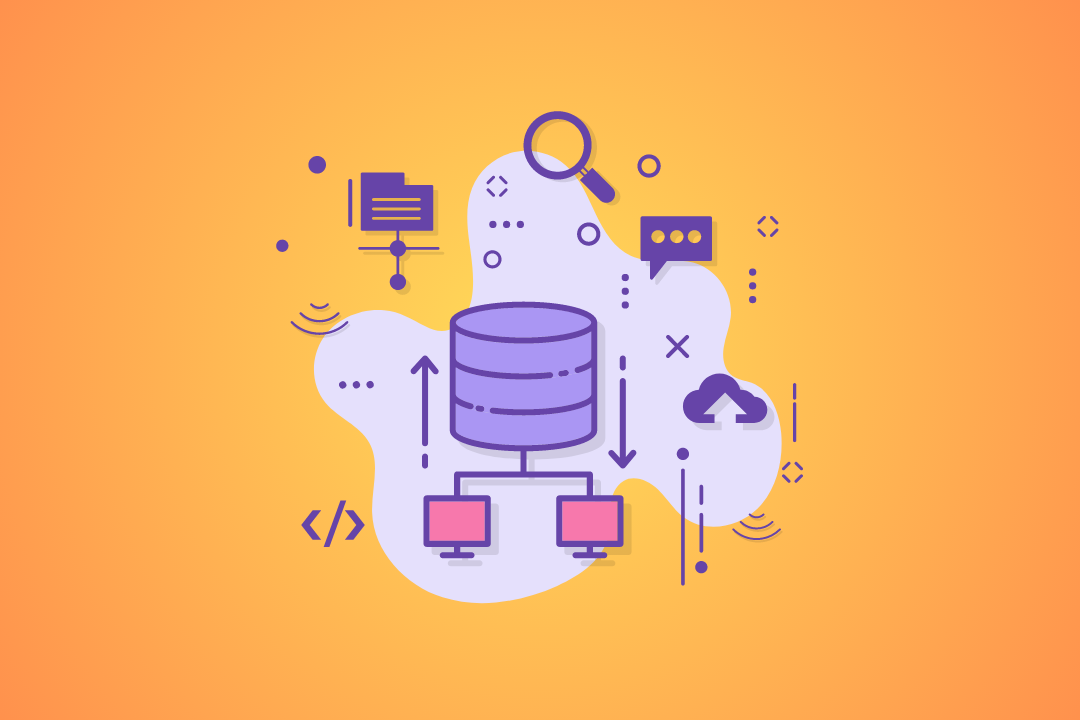4 Basic Pillars of System Design
When crafting successful software systems, there are four key components that every developer should focus on: Scalability, Availability, Reliability, and Performance.
These elements are crucial in ensuring that a system not only functions efficiently but also meets user expectations and demands.
Let’s break down each of these pillars and look at how they can be effectively implemented.
1. Scalability
Scalability is about preparing your system to handle growth smoothly.
As more users come onboard or data inflow increases, your system should be able to manage this increased load without slowing down or crashing.
Example
Imagine a bus that needs to carry more passengers.
Scalability is like adding more buses or increasing the size of each bus so that more passengers can travel without delays.
Implementation Tips
-
Horizontal Scaling: This involves adding more machines or instances to your pool of resources to handle the increased load.
-
Vertical Scaling: This is about upgrading the existing machines with more powerful hardware.
Understand the essential System Design Principles.
2. Availability
Availability ensures that your application is always operational and ready to serve your users.
High availability means your application experiences minimal downtime, maintaining a reliable access point for users at all times.
Example
Think of a supermarket that’s open 24/7. No matter when you go, it’s open. Similarly, your system should aim to be accessible whenever users need it.
Implementation Tips
-
Redundancy: Have backups for your critical components so that if one fails, others can take over without affecting the system.
-
Regular Updates and Maintenance: Schedule these during off-peak hours and ensure they don’t disrupt the service.
Check out the System Design ultimate guide for 2024.
3. Reliability
Reliability is about ensuring your system consistently operates correctly, delivering the right output every time.
It means your application can be trusted to perform its intended functions under normal and unexpected conditions.
Example
Consider a calculator that consistently gives correct results, whether you’re adding small numbers or calculating complex equations.
Implementation Tips
-
Error Handling: Develop robust error handling that can gracefully manage unexpected issues.
-
Testing: Implement comprehensive testing strategies, including stress tests and real-world scenarios, to ensure the system remains reliable under various conditions.
Learn the 18 System Design Fundamental concepts.
4. Performance
Performance refers to the efficiency of your system in processing tasks.
Good performance means the system can handle operations swiftly and use resources efficiently, especially under heavy loads.
Example
Think of it like a fast-food restaurant during the lunch rush; how efficiently it can serve all customers without compromising food quality.
Implementation Tips
-
Optimize Code and Databases: Ensure your code is clean and optimized. Also, use efficient queries and database indexing.
-
Load Balancing: Distribute work evenly across your system so that no single part becomes overwhelmed.
Discover the basics of System Design Interview in 2024.
Final Thoughts
Scalability, Availability, Reliability, and Performance are the four pillars of system design that stand as the foundation for creating robust software systems.
By understanding and implementing these concepts, developers can ensure that their applications are not only functional but also dependable and ready to grow.
To build a strong foundation for lasting success, join System Design courses by DesignGurus.io.



